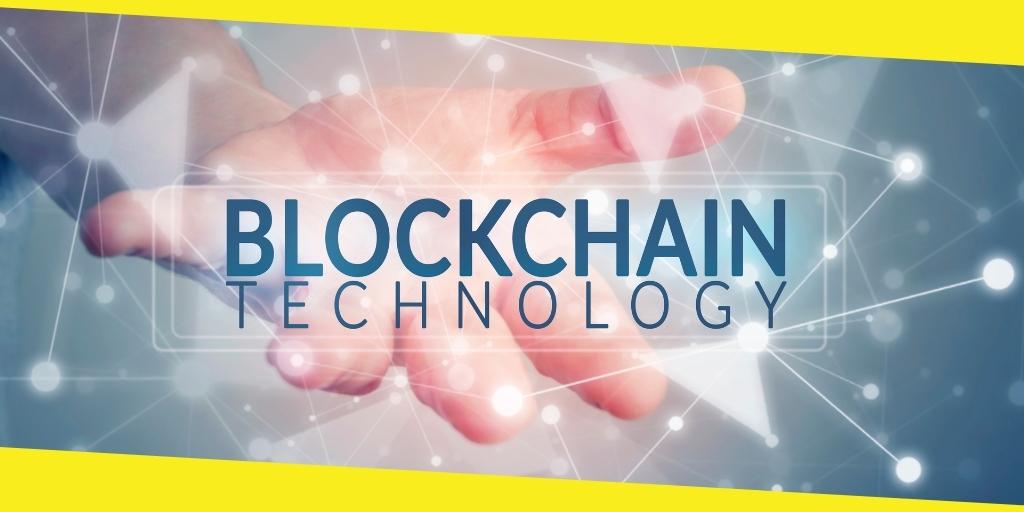Decentralized Social Media: Benefits and Drawbacks
Decentralized social media platforms are not owned by a single entity. Instead, they are run by a network of individual servers. This makes them much more difficult to censor or control.
Users have more control and independence when using decentralized social networks.
Decentralized social networks are powered by blockchain technology, which is a distributed ledger that allows for secure, decentralized transactions, and data processing.

This blog post will give you a quick view of decentralized social media, decentralized social media benefits, and drawbacks. And if you have an interest in investing to Bitcoin, visit allin1bitcoins.com/de/.
Contents
ToggleAdvantages of Decentralized Social Media
There are several advantages to using decentralized social media platforms:
Censorship resistance
As mentioned earlier, decentralized social media platforms are much more difficult to censor or control than traditional social media platforms. This makes them a valuable tool for dissidents and activists in repressive regimes.
Decentralized governance
Users have a say in how the platform is run, and there is no central authority that can make decisions without input from the community. This makes decentralized social media platforms more democratic than traditional social media platforms.
Data security
Centralized social media platforms are a ripe target for hackers, as they hold millions of user data records. Decentralized social media platforms are much less likely to be, as the data is distributed across decentralized servers.
Freedom of speech
There are no gatekeepers or filters on decentralized social media platforms. This means that users can post whatever they want, without fear of censorship by platform administrators.
Disadvantages of Decentralized Social Media
However, decentralized social media also has some key drawbacks:
Limited user base
As of yet, decentralized social media platforms have a much smaller user base than decentralized alternatives like BitTorrent where there is no central authority.
Cost
Operating decentralized networks can be expensive, especially for start-ups.
Control
t is harder to keep control of decentralized social media platforms, and they may end up being used for illegal or nefarious purposes such as disseminating child pornography or promoting terrorism.
Privacy concerns
Users have less privacy when using decentralized services. The data is distributed across decentralized servers, which makes it more difficult to keep track of.
Limited functionality
Decentralized social media platforms are still in their early stages, and they don’t offer the same level of functionality as traditional social media platforms.
Difficulty using
Decentralized social media platforms can be difficult to use for those who are not tech-savvy.
Neutrality
Many individuals who join decentralized social networks are searching for economic neutrality. The idea behind economic neutrality is that the platform should not favor one form of economic transaction over another. This is important because it ensures that the platform can be used for a variety of purposes, including commercial transactions, charitable donations, and political campaigning.
Decentralized Social Media Examples
Examples of decentralized social media networks include Subsocial (built on Polkadot and Kusama’s Substrate framework), Akasha (based on the Ethereum blockchain), and Mastodon (a decentralized Twitter clone). These platforms are decentralized, meaning that there is no central authority controlling them. They are also open-source, which means that anyone can access and modify the source code. This makes them more democratic than traditional social media networks, as users have a say in how the platform is run.
Another example of a decentralized social media platform is Steemit, which runs on the Steem blockchain. Posts are saved to a decentralized database known as a “blockchain”.
Decentralized Social Media and Cryptocurrency
- Blockchain is the focal center of both decentralized social media and cryptocurrency.
- Users can earn cryptocurrency for their contributions. This money is paid out in small amounts over time based on how often users interact with the platform through voting or posting comments.
- To continue operating, federated networks are increasingly turning to new revenue streams.
- They frequently utilize virtual currencies such as Bitcoin to keep going.
- Users of Steem can earn money by producing or curating interesting material, encouraging content producers to focus on quality.
- Investors put funds into Steem because they feel it will appreciate in value over time and eventually be lucrative.
Conclusion
If decentralized social media platforms can continue to develop and become more user-friendly, they could become useful tools for activists, dissidents, artists, journalists, and others. They could also offer an alternative or supplement to traditional social media networks.
Decentralized social media is a more democratic and open platform that gives users more control over their data. It is also less likely to be censored by authorities. While decentralized social media platforms currently have a smaller user base than their decentralized counterparts, they have a lot of potentials.
Recommended For You
10 Ways to Increase Website Traffic
Most Inside
Most Inside offers high-quality recommendations and valuable updates to enhance all aspects of your life, providing premium guidance and enriching experiences.




